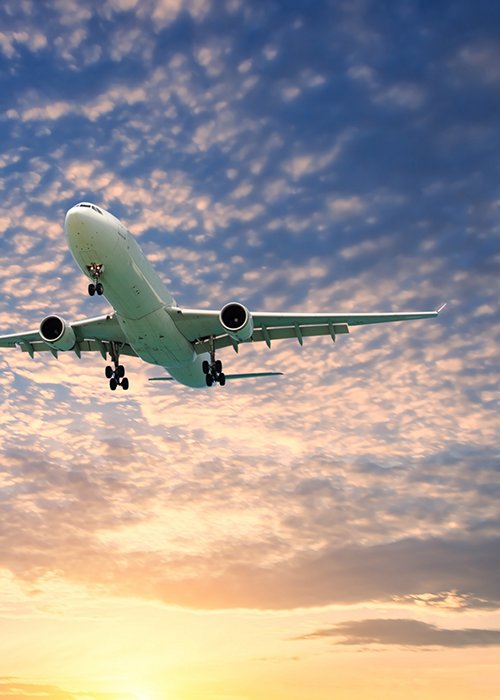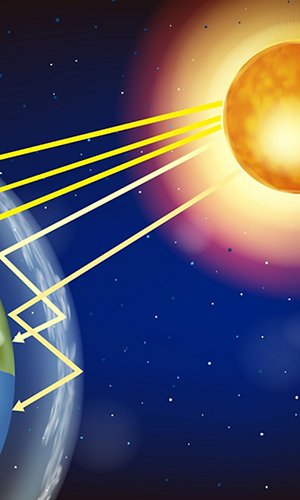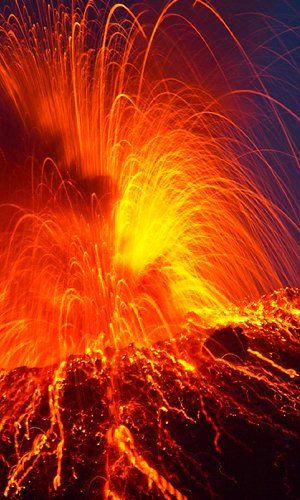Summer is the time to travel, also by plane and sometimes on long routes. One of the greatest fears for those who fly is encountering turbulence—unpredictable air movements that cause the plane to jolt and unsettle passengers who don't like flying. There are three main causes of turbulence during flights: terrain, thunderstorms and air currents. Geological formations such as mountain ranges can disturb the airflow, causing turbulence. Thunderstorms can also cause turbulence, both in their immediate vicinity and dozens of kilometres away. Finally, jet streams, fast winds that circle the globe at high altitudes, can become turbulent under certain conditions. For some time now, climate change has been among the causes of turbulence.
Climate change amplifies all three factors that trigger turbulence. Global warming is causing changes in the upper atmosphere that result in more intense air movement over the mountains. Turbulence near the clouds, triggered by thunderstorms, also worsens with warming. Most studies have examined clear-air turbulence, i.e., turbulence in air without clouds, associated with jet streams that are becoming faster and more unpredictable. To avoid them, flight paths may have to be altered, resulting in longer flights and larger fuel consumption. Even with the increased risk of turbulence, aeroplanes remain the safest means of transport. They are designed to withstand air shocks and the real threat is what can happen inside the cabin during extreme turbulence. Wearing a seat belt at all times is the best way to stay safe during a flight.




